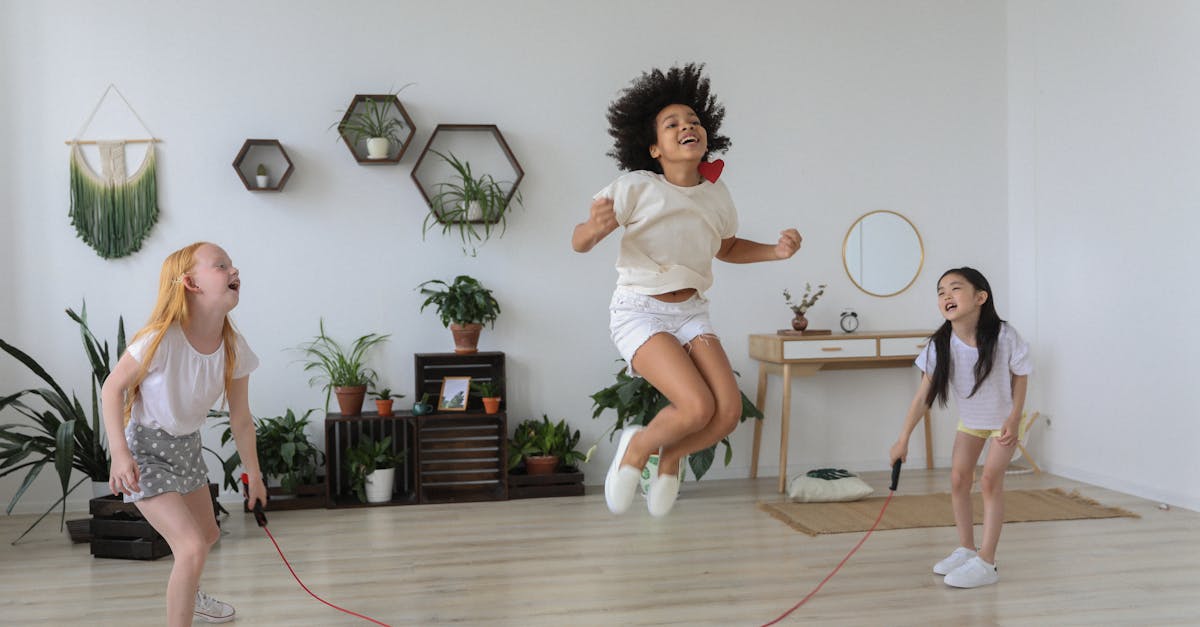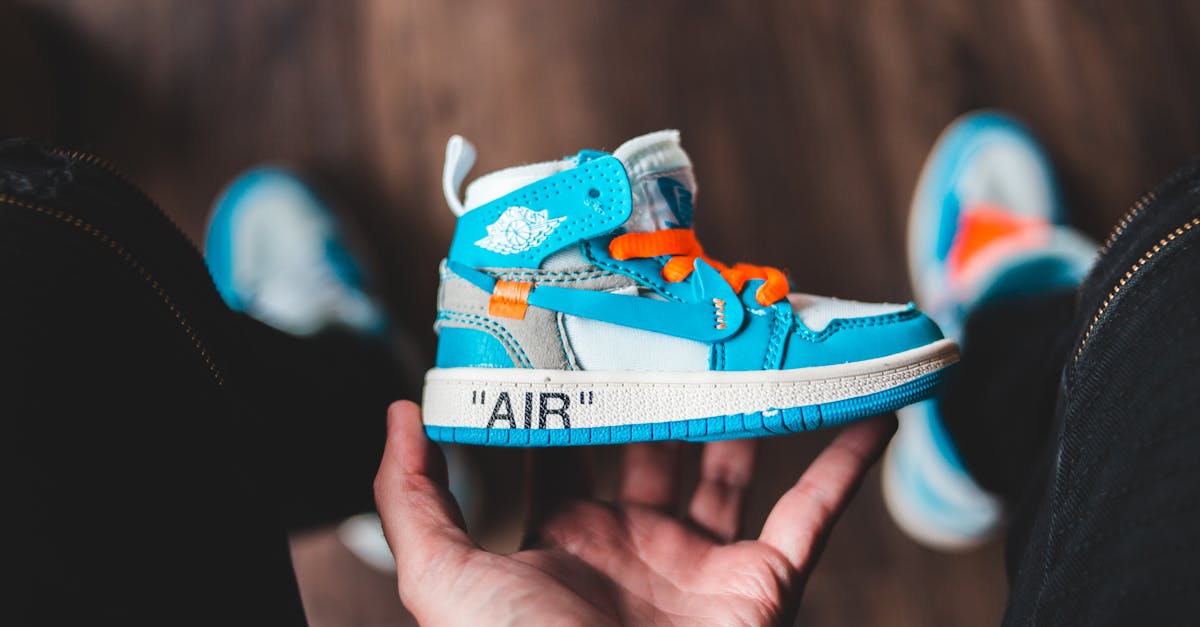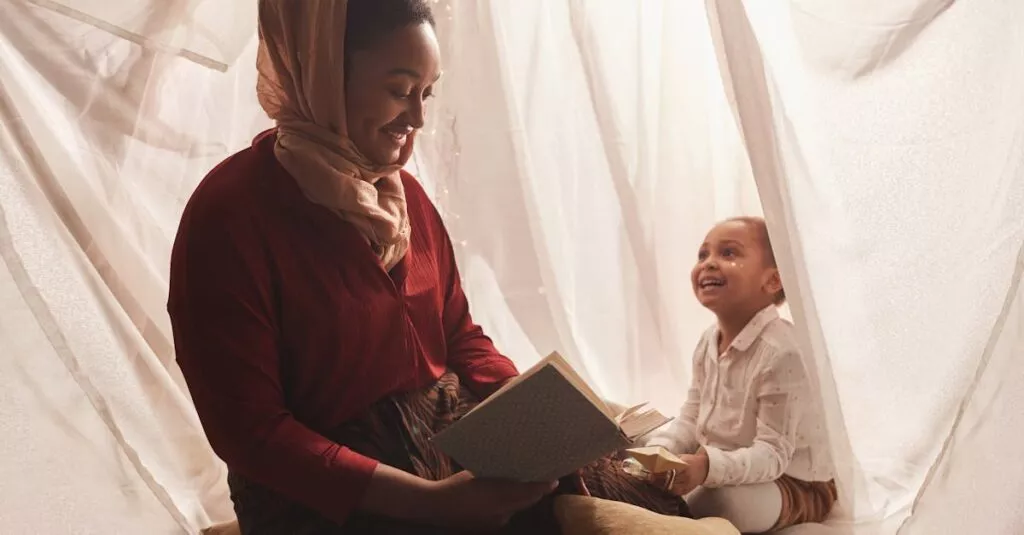Create a Safe Space for Open Discussions
When it comes to exploring moral dilemmas with kids, creating a safe space for open discussions is essential. Let’s make it a comfy corner in your living room, filled with cushions and warm tea. This way, children can feel secure sharing their thoughts. Imagine it as a little ‘moral fort’ where everyone’s opinion is valued.
Start with simple questions like, ‘What would you do if…?’ and watch their faces light up with ideas. It’s crucial to keep the tone light-hearted yet educative. Throw in a joke or two about how even superheroes have tough choices. This sets the mood right for some deep, insightful convos.

Use Stories from Your Faith as Examples
Faith stories are a treasure trove of moral lessons. Think about David and Goliath, or the Good Samaritan. These stories can be great conversation starters. ‘Remember the time David chose faith over fear?‘
Such examples make abstract concepts tangible. Kids love a good story and, let’s be honest, adults do too! Narrate with animated voices and expressive gestures for maximum impact. You might end up being the next bedtime favorite!
Plus, it’s a sneaky way to pass on your values without sounding preachy. Who knew storytelling could pack such a moral punch?

Encourage Empathy and Understanding
Empathy is like the secret sauce of understanding moral dilemmas. Encourage your child to step into another’s shoes. ‘What do you think the queen felt when she had to make that decision?’ Questions like these promote emotional intelligence. It’s pretty amazing to watch a young mind unravel complex feelings.
Share personal anecdotes where you had to choose what’s right over what’s easy. This makes the learning relatable. Your child might even surprise you with their insight! And hey, a sprinkle of humor never hurts. Maybe ‘imaginary mustaches’ can play the roles of these characters for added fun.

Leverage Everyday Situations to Teach
Everyday situations are gold mines for teaching. Missed the bus? Great, let’s talk about patience and problem-solving. See a fight in the playground? Time for a lesson on conflict resolution. Turn these daily events into teachable moments. So, what do we do when someone needs help? Such questions continually reinforce moral thinking. Plus, it’s a low-effort, high-reward tactic. The aim is to make morality an integral part of everyday life, not just something discussed in moments of crisis.

Incorporate Fun Activities to Highlight Lessons
Kids learn better when they are having fun. Games or craft activities can be incredible tools to highlight moral lessons. Create a ‘Kindness Jar’ where they can drop notes of good deeds, or play ‘Moral Dilemma Bingo’. These activities make learning interactive and enjoyable. Parenting doesn’t always have to be serious business. Inject some fun into it! Not only will your child enjoy it, but these activities also make the lessons stick. After all, who can say no to a family DIY session or a good game?

Discuss Real-Life Scenarios
Talking about real-life scenarios can make a huge difference. Discuss news events that present moral dilemmas. ‘What do you think about this situation, buddy?’ Such conversations prepare them for the real world. Remember to keep the discussion age-appropriate and encouraging. Acknowledge their views, even if they differ from yours. It’s a conversational dance, so tread lightly and respectfully. The goal here is to normalize critical thinking around morality. And who knows, you might end up seeing things from a new perspective yourself!

Celebrate the Small Victories in Learning
Celebrate those ‘aha’ moments when your child makes a morally sound decision. ‘Wow, choosing to share your toys was awesome!’ Highlight these small victories to boost their confidence. Positive reinforcement is key in shaping their choices.
Make a little moral victory chart and let them add a star for every good decision. This not only incentivizes good behavior but also makes them proud of their choices. Plus, it’s a fantastic way to wrap up the day. A little celebration goes a long way!

